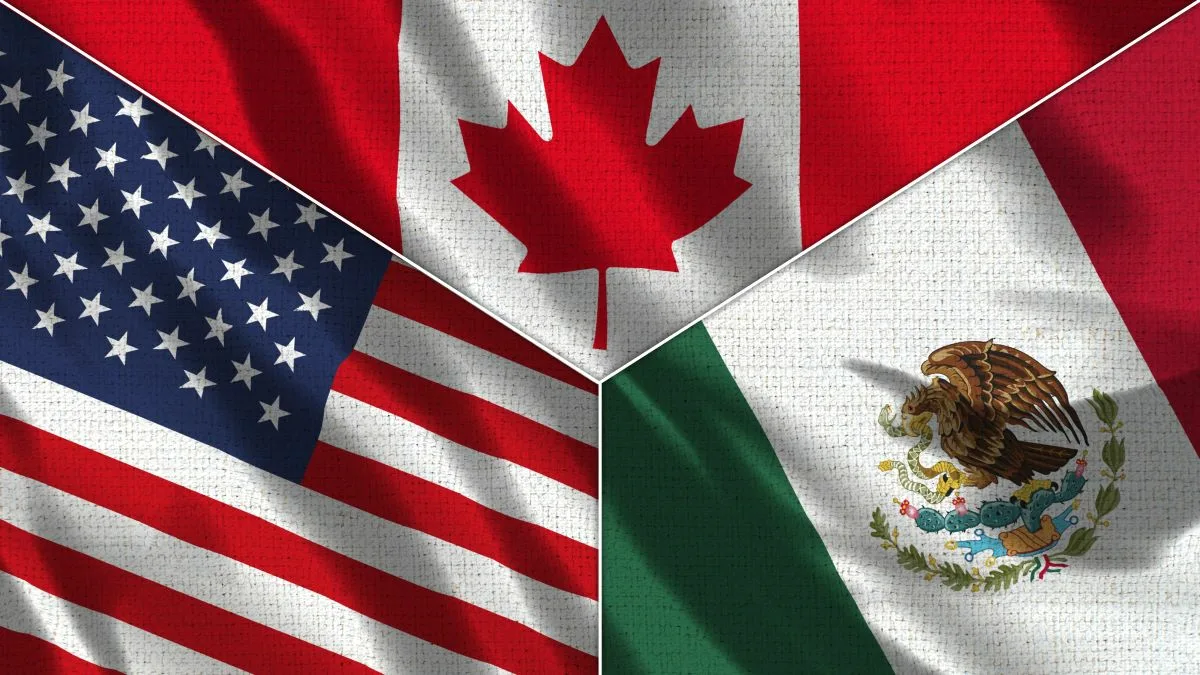The Trump Tariffs: A Blow to North American Agriculture

The Dairy Dilemma
The dairy industry, already grappling with volatile markets and declining consumer demand, faces a new challenge as retaliatory measures from Canada and Mexico threaten to squeeze US farmers further. Canada’s proposed 25% tariff on $105 billion of American goods includes dairy products—a direct counterstrike aimed at a sector that was a key battleground in previous US-Canada trade disputes.
Mexico, historically the largest importer of US dairy, is also expected to target the sector with non-tariff measures that could restrict access to a crucial market. This comes at a precarious time for American dairy producers, who have relied on exports to counteract declining domestic milk consumption. If retaliatory tariffs remain in place, US dairy farmers may be forced to seek alternative markets or risk significant financial strain.
Supply Chain Shockwaves
Beyond dairy, broader agricultural markets face disruption. The US relies heavily on integrated supply chains with Canada and Mexico, particularly for livestock feed, grain, and fresh produce. The new tariffs could lead to costlier imports of essential farming inputs, driving up production expenses and ultimately increasing consumer prices. Farmers in the Midwest, many of whom supported Trump’s trade policies in past elections, may find themselves caught in a policy paradox—benefiting from protectionist rhetoric but suffering from reduced market access.
A New Era of Protectionism?
The Trump administration’s broader trade strategy appears to be geared toward forcing companies to relocate production to the US. In the agricultural sector, this could mean increased investment in domestic dairy processing and feed production. However, economic inefficiencies, including higher labor and operational costs, may ultimately negate any competitive advantage.
Meanwhile, Trump’s threat of further sectoral tariffs—potentially extending to agricultural machinery and food processing—could exacerbate the uncertainty for farmers already struggling with fluctuating commodity prices and climate-related disruptions.
Conclusion: A Tenuous Future for Agriculture
The return of aggressive trade policies under Trump marks a defining moment for North American agriculture. While proponents argue that higher tariffs could encourage domestic production, the reality remains that retaliatory measures will likely depress farm incomes and strain supply chains. For dairy farmers, the next few months will determine whether the industry can adapt to these new trade barriers or if it will be another casualty of protectionist policy. Either way, agriculture once again finds itself at the heart of a geopolitical chess game—with farmers bearing much of the risk.












